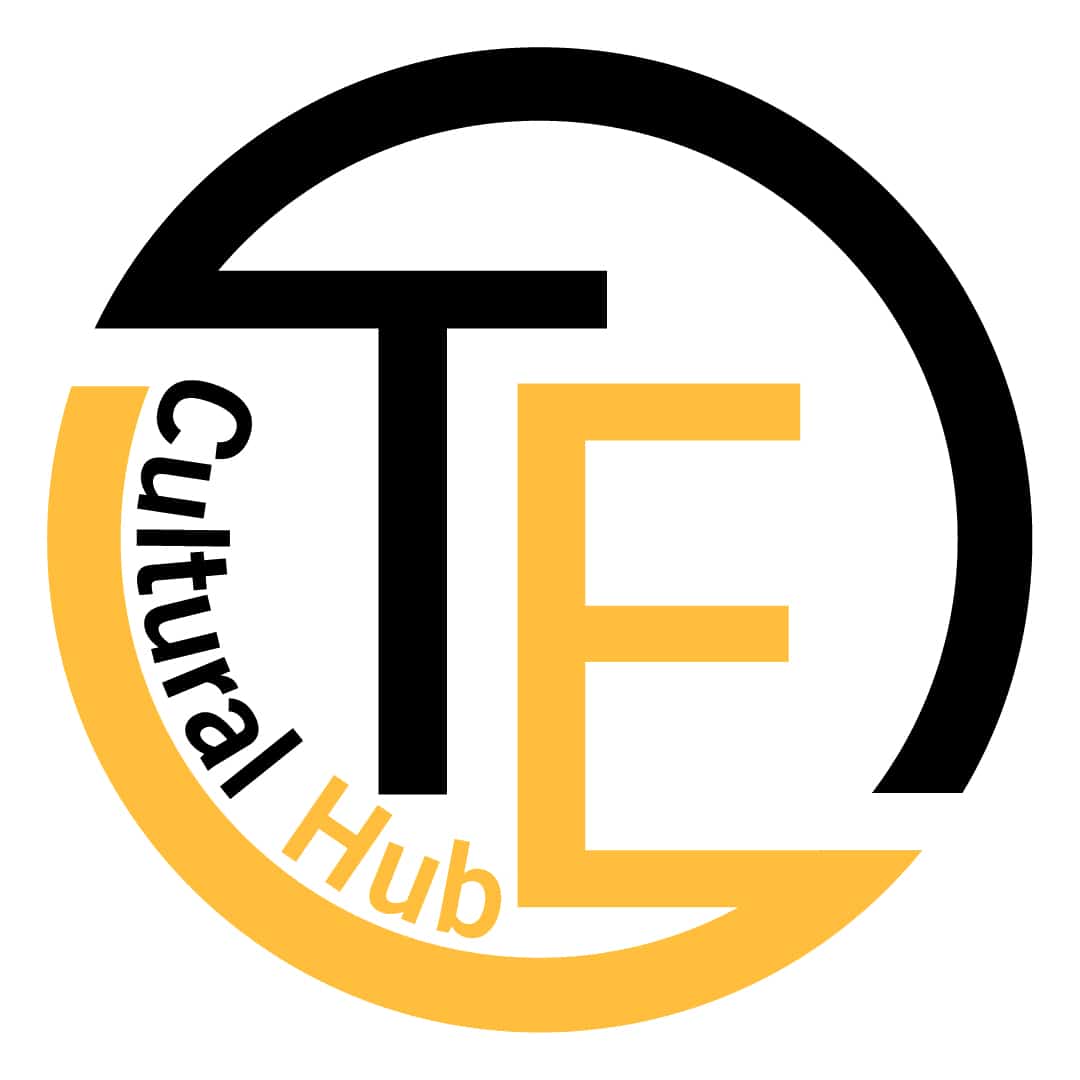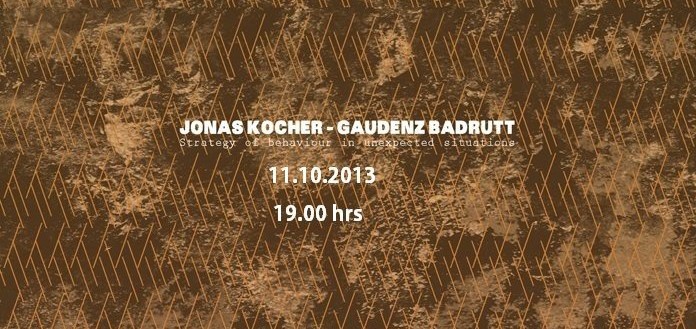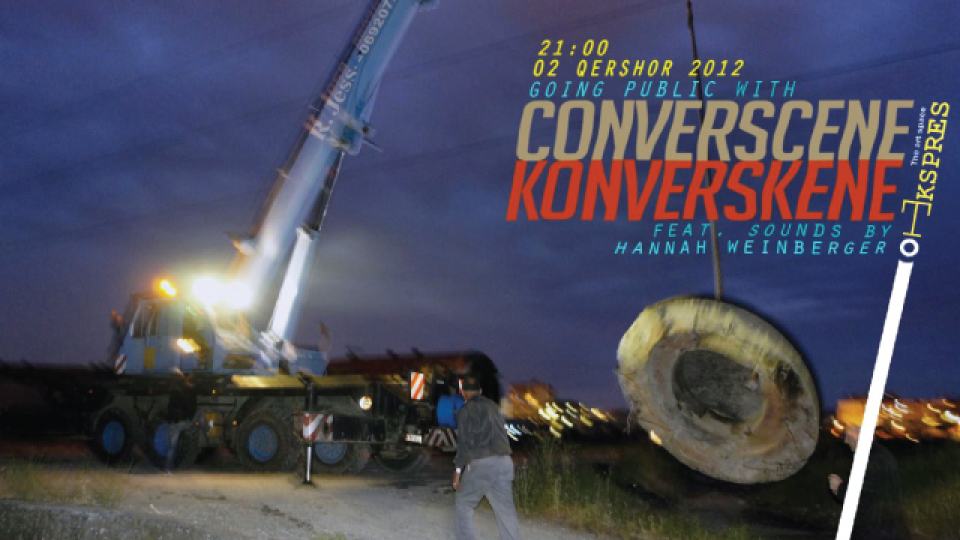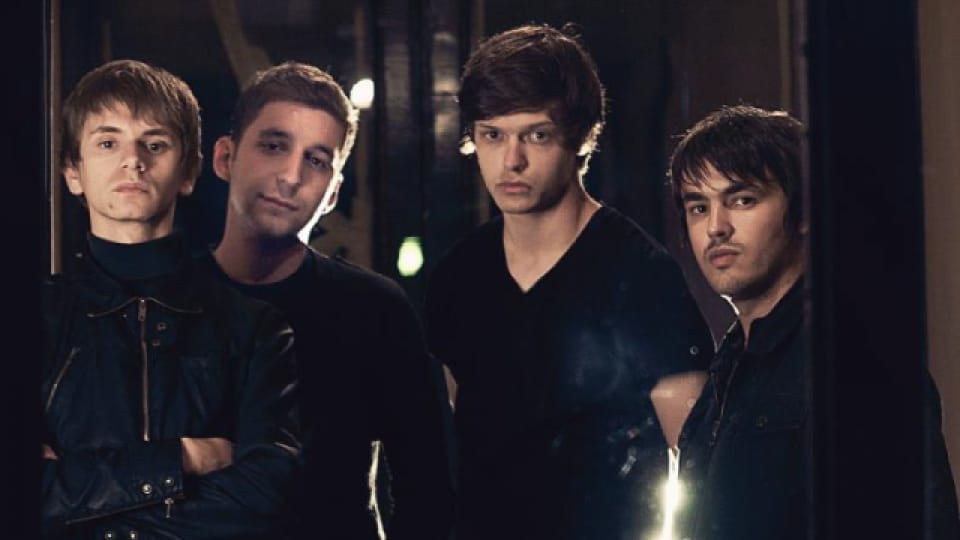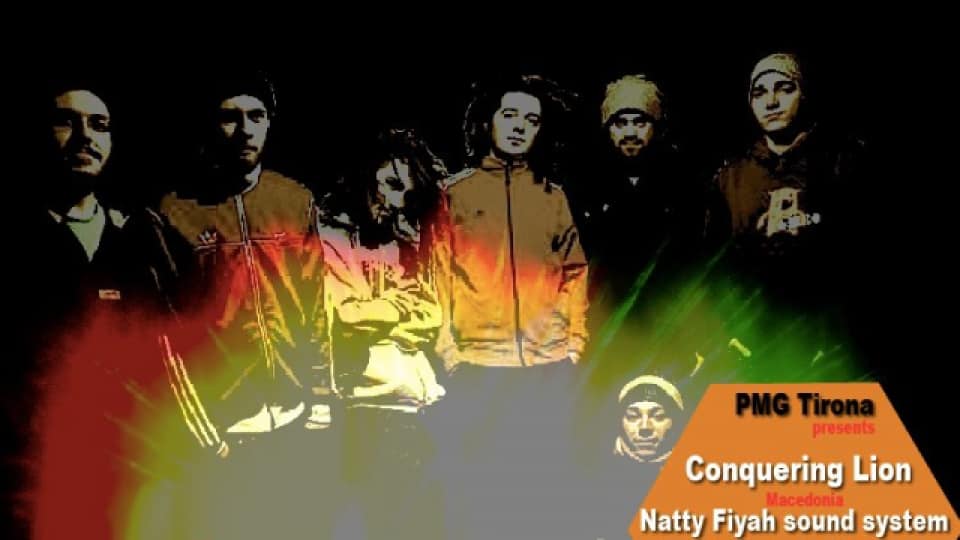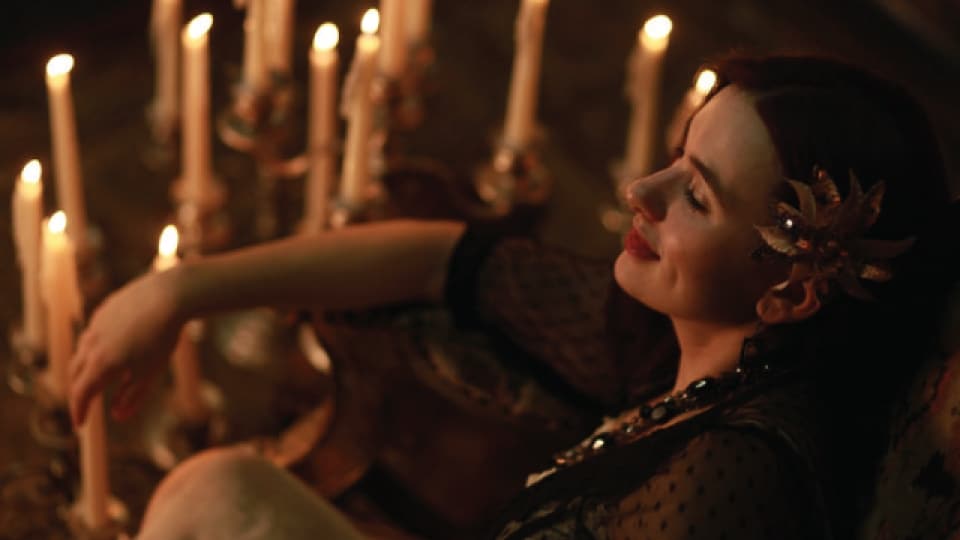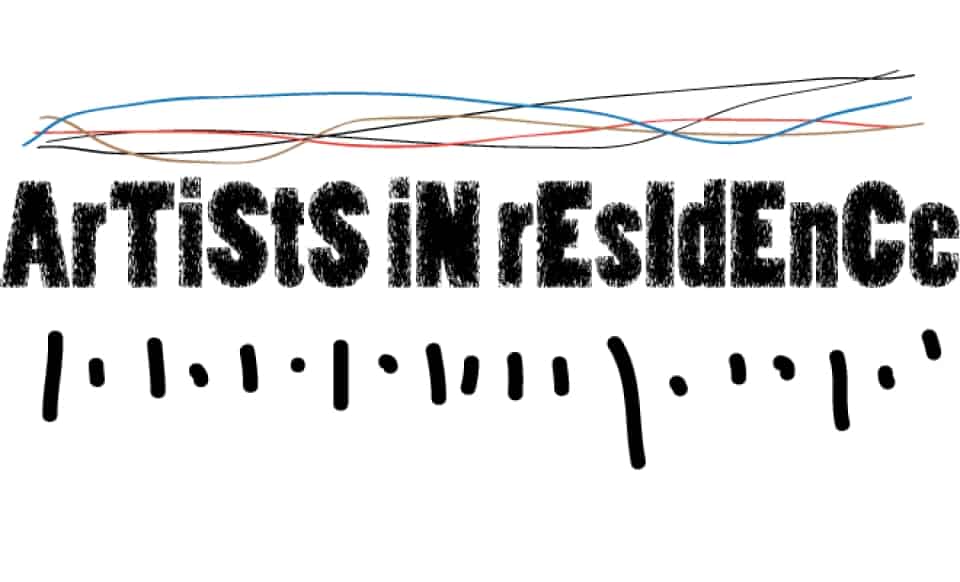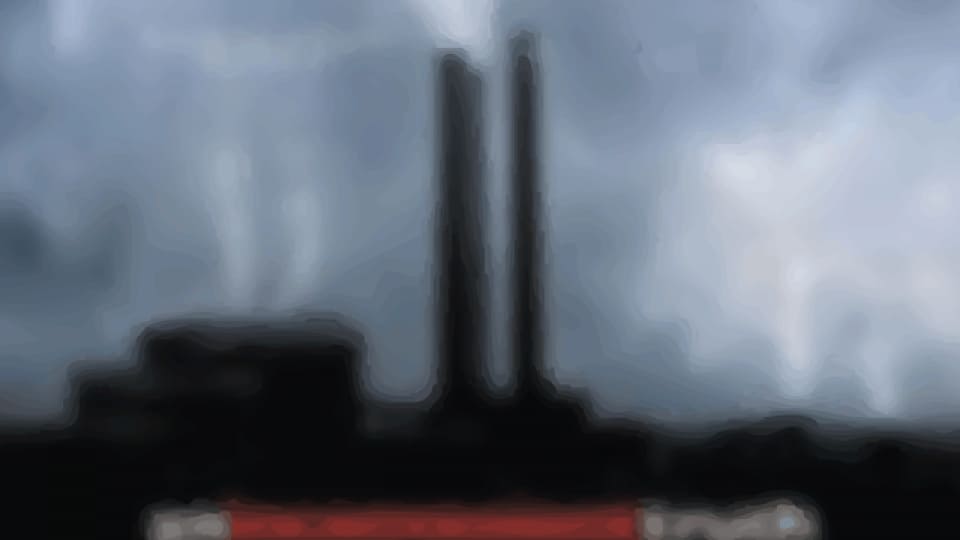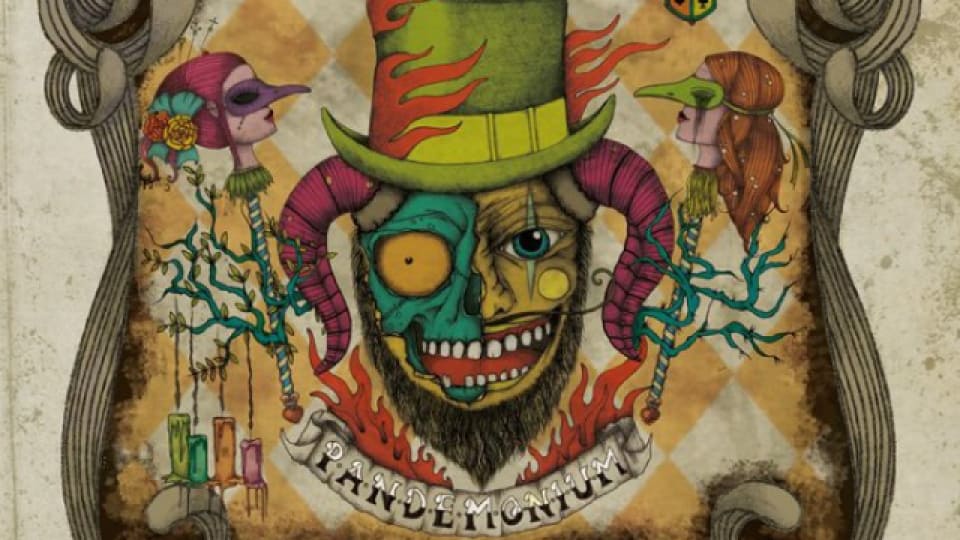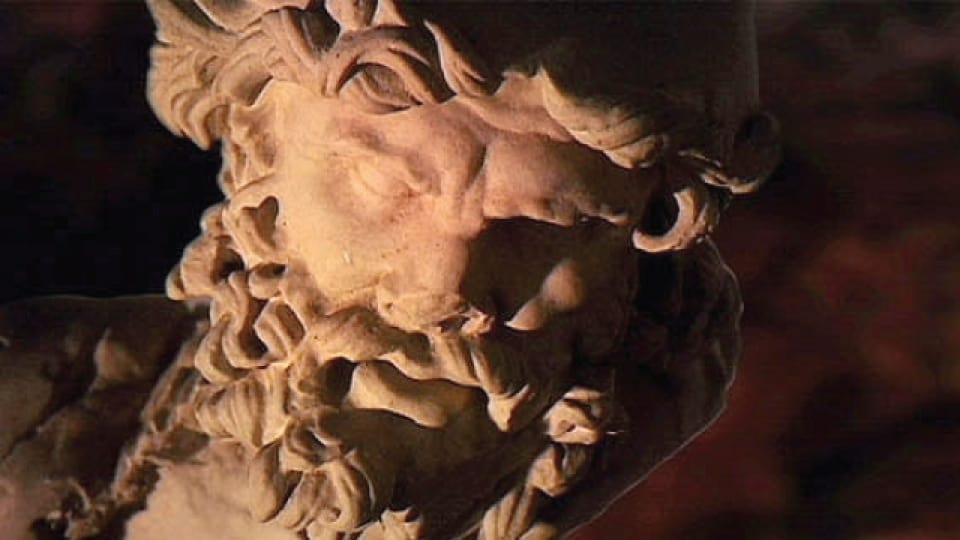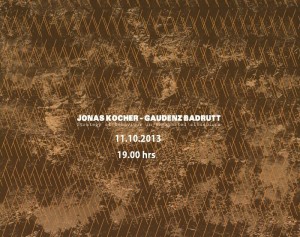 Date: 11.10.2013.
Date: 11.10.2013.
Hour: 19.00
Collaborating now for many years, Badrutt and Kocher play improvised music. Through this practice they explore the relation between the very electronic sounds of the accordion and the instrumental potential of the electronic to create a subtle and tensed sound universe, always open to present and accidents. Until now they have presented their work and in Switzerland, France, Germany, Russia, Estonia, Austria, Czech Republic and Finland.
Sound extract: http://jonaskocher.net/
Accordion player and composer born in 1977, Jonas Kocher collaborates regularly as accordionist in improvised and conceptual contexts with musicians such Michel Doneda, Christian Wolfarth, Olivier Toulemonde, Hans Koch, Alfredo Costa Monteiro, Duo Diatribes, Jacques Demierre, Christian Kesten, Gaudenz Badrutt, Chris Heenan, … .
Jonas Kocher’s work explores the relationships between tone, noise and silence and the process of listening. As composer he realises projects which are situated between composed theatre, installation and concert pieces. His compositions has been played at Biennale Bern 2010, Jardins Musicaux 2012, SMC Lausanne, Theater Basel, Zentrum Paul Klee, Festival Encuentros Buenos Aires, Umlaut Festival Berlin, Centre Dürrenmatt Neuchâtel, Festival Concentus Moravie, Zagreb Biennale. He composes also for hörspiel, dance and theatre. Jonas Kocher runs the label Flexion records. www.jonaskocher.net
Gaudenz Badrutt (electronics & computer) began his career as a pianist in the field of contemporary classic music. Since 15 years he works as an electronics musician in the field of improvised, experimental music. He is mainly known as one half of the electroacoustic duo strøm (together with Christian Müller, electronics and bass clarinet), as well as part of the duo Hans Koch (bass clarinet) – Gaudenz Badrutt and the duo with Jonas Kocher (accordion). His music is coined by a very instrumental use of computer/live sampling and electronic devices. Filigree, minimal noises, drones and dense structures are key characteristics of his music. He is further occupied in the fields of electronic composition and sound & video installation.
Gaudenz Badrutt has further collaborated with Bertrand Gauguet, Burkhard Beins, Michael Vorfeld, Norbert Möslang, Dieb13, Diatribes, Arno Camenisch a.o.. with concerts at home and abroad, including: the JOLT Festival Basel 2011, Zwei Tage Zeit Zürich 2012, Influx Toulouse 2011, Transmediale Berlin 2009, Zoom in Bern 2008, Norberg Festival (Sweden) 2006, Taktlos/Tonart Bern 2006. Gaudenz Badrutt lives as a freelance musician in Biel (Switzerland). www.gaudenzbadrutt.ch
Dafni Stefanou was born in Athens(Greece), studied dance at the Rallou manou Professional dance School (Athens 1998) and at the Sate School of Dance (Athens 1999).Her work defers and expands in many directions. Improvisation is a vehicle and her interest focuses on the interweaving of dance and music.
She has been one of the ‘x-groop project’ participants at P.A.R.T.S (Brussels 2000).Her current project in Athens is equal to a duet with the musician and dancer Giorgos Amendas (December 2012). Her latest collaborations in Bienne were, the solo project ONE directed and co-choreographed by Suzanne Mueller Nelson (June 2012) and the project NICHI NICHI KORE KO NICHI 21 propositions d’ ecoute directed by Jonas Kocher (May 2013). Her new space specific work” which way I ought to go from here’ for the Billi kulturbus project, will prepmiere on January 2014.
